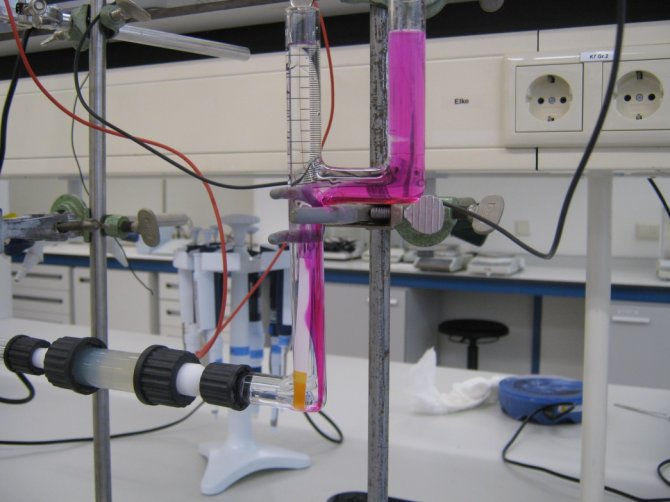Thesis subject
The electro-kinetic behaviour of biopolymer gels
The properties of gels are often characterized in terms of their response, when a small or large mechanical deformation is applied. Typical parameters that can be derived from these measurements are the viscous and elastic modulus, Young’s modulus, the fracture stress and strain, etc. Another option to characterize gels is to study their response when an external electrical field is applied. In many cases the polymers or proteins that form the gels carry an electrical charge. When an electrical field is applied to these charged gels, the fluid in gels starts to flow, an effect that is known as electro-osmosis. Here the gel actually works as an electrical pump. The magnitude of this electro-osmotic flow depends on the electrical charge of the gels, but also on the morphology of the gel network. The physics behind this effect is quite interesting, since a number of different effects play a role at the same moment, like electrode-reactions, the transport of ions and counter-ions, electrophoresis of polymers that are not incorporated in the gel, the porosity of the gel, densification of the gel network by the electrical field, etc. This subject is still relatively unexplored, especially for biopolymers that are relevant for foods. We expect that further exploration of the electro-kinetic behaviour of gels can give more insight in the physical properties of gels.
Research topics.
- Study the fundamentals of electro-kinetic behaviour of biopolymer gels.
- Study the relation of rheological properties and electro-kinetic behaviour of different bio-polymers.
Experimental techniques.
- Electro-osmosis.
- Rheology (small and large deformation).
Imaging (microscopy, SEM, CSLM).

The electro-osmosis setup. The gel is visible in the glass tube at the left bottom corner of the image. The purple dye visualizes the migration of the OH-ions along the electrical field lines from the negative towards the positive electrode.